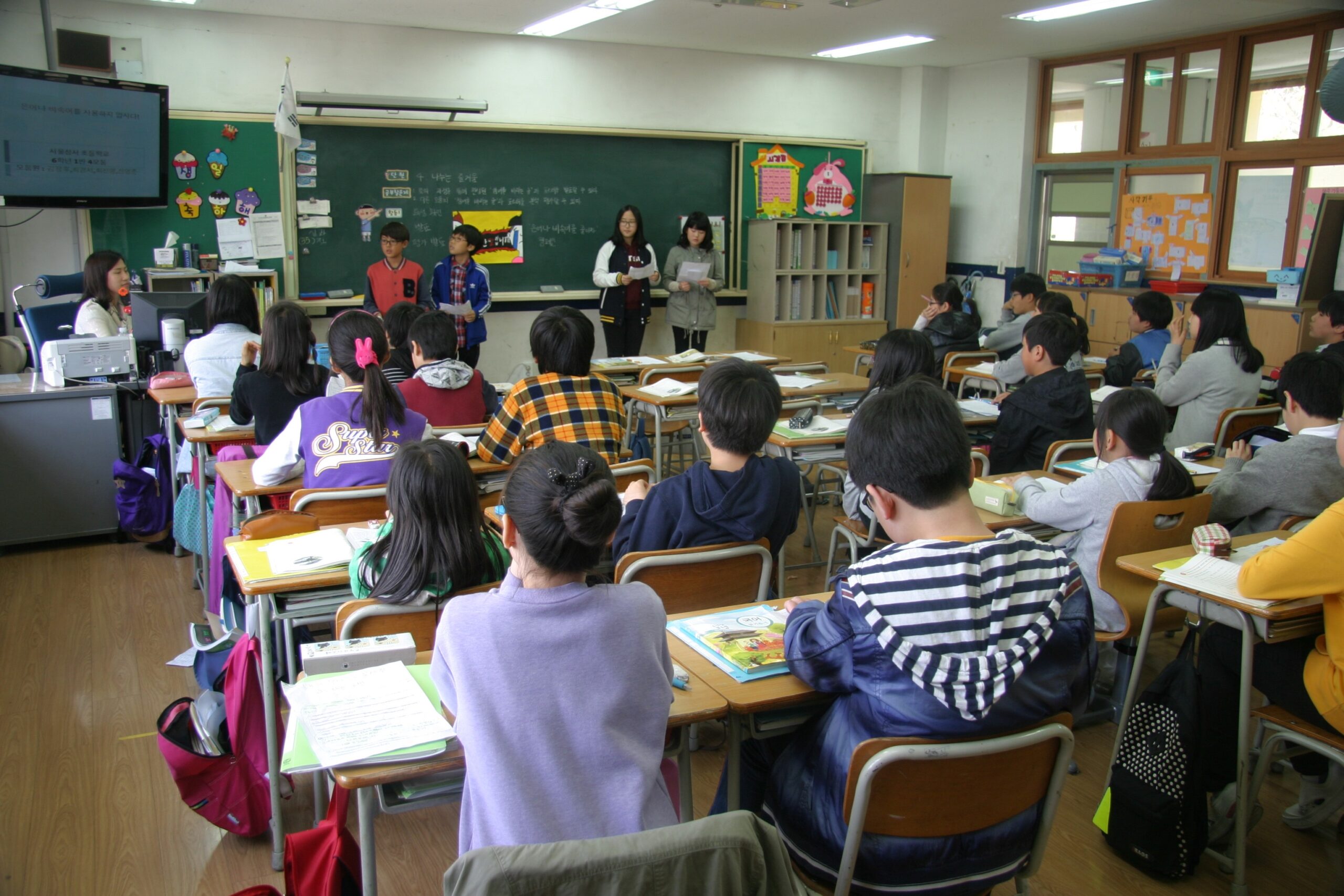
My goal as a teacher is to make myself unnecessary. I am happiest when I see my alumni playing music they have learned without my help. However, getting students to that point is a complicated process. There is so much to teach and learn. I have come to believe in the value of independent piano work to ensure that my students are indeed becoming self-sufficient musicians. After all, self-sufficiency is what I am going for. Passing on the lifelong gift of music.
Private Piano Lessons vs the Classroom
 Piano lessons are not like school. Students spend all day in the classroom, there is one teacher and many students. This means that at school, students get time to work independently, to figure things out on their own. At a private music lesson, it’s just the two of us working together for 30-60 minutes. I can show my students how a piece goes, explain things to them, and answer any questions they may have. Then I send them home to rehearse what I have taught them. They return the following week and we work together some more. This “demonstrate and discuss” style of teaching works well and I use it with my students the majority of the time.
Piano lessons are not like school. Students spend all day in the classroom, there is one teacher and many students. This means that at school, students get time to work independently, to figure things out on their own. At a private music lesson, it’s just the two of us working together for 30-60 minutes. I can show my students how a piece goes, explain things to them, and answer any questions they may have. Then I send them home to rehearse what I have taught them. They return the following week and we work together some more. This “demonstrate and discuss” style of teaching works well and I use it with my students the majority of the time.
See “Treasure Hunt” Paloma Piano’s New Collection of Independent Pieces.
I have been teaching for a very (very) long time. Long enough to have students who are now adults. I have been fortunate enough to keep in touch with a lot of these former students, most of whom still enjoy playing the piano and a few who have chosen music as a career. While they were studying with me every one of these successful students would take it upon themselves to learn pieces on their own. Many times this would take the form of pop music, jazz, and church music. Sometimes it would be classical music or accompaniment music. This independent learning usually began in Middle and High School.
Although independent work can take many forms in this post I will be discussing playing from a written score.
But why wait for older students to take it upon themselves to learn music independently? Why not assign independent music and start this earlier? Why not indeed? Assigning independent work helps me assess how well my students understand how to read, count, and play with correct fingering, dynamics, pedaling, and articulation. It gives students the chance to work on their own, requiring them to think carefully and to notice things in the music without having the teacher point things out.
How to Assign Independent Work

It is fairly easy to assign independent work. In fact, it’s probably one of the easiest things you will ever have to do as a teacher. There are basically 2 choices. Have your student find something that he finds interesting and take a stab at learning it on his own. (I like to have my students bring the piece in so I can have a look and make sure it’s something appropriate). The other thing you can do is assign some pieces for your students. I make it something below the level at which they are currently playing.
I like my students to circle all of the musical markings in the piece; repeats, dynamics, tempo marks time signatures, etc. and explain them to me at the next lesson. I like to assign some independent work two or three times per semester.
 Eventually, all of my students will be on their own. Playing music they love or maybe even pursuing a music career of their own. I want to do everything in my power to make sure that they can realize their dreams. I want to give them the lifelong gift of being able to play beautiful music.
Eventually, all of my students will be on their own. Playing music they love or maybe even pursuing a music career of their own. I want to do everything in my power to make sure that they can realize their dreams. I want to give them the lifelong gift of being able to play beautiful music.
If you like this post please share it.
If you would like to find out about becoming a member of Paloma Piano we have a number of very attractive membership options including a free membership that offers a large number of piano scores, teaching resources, and games. The free membership is forever free and no credit card is needed. Check it out!
You can explore all of our free materials here.


Comments & Discussion